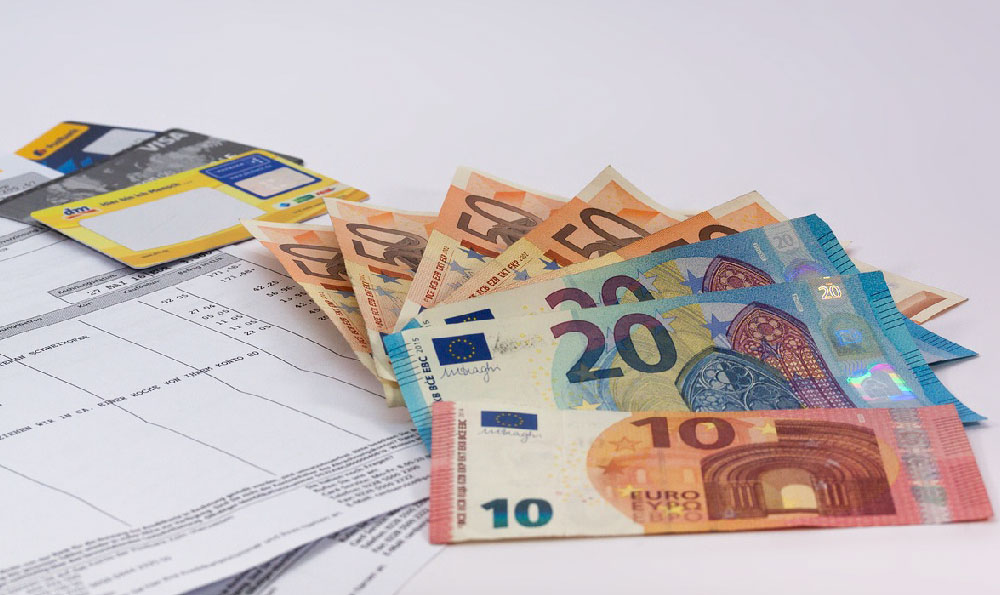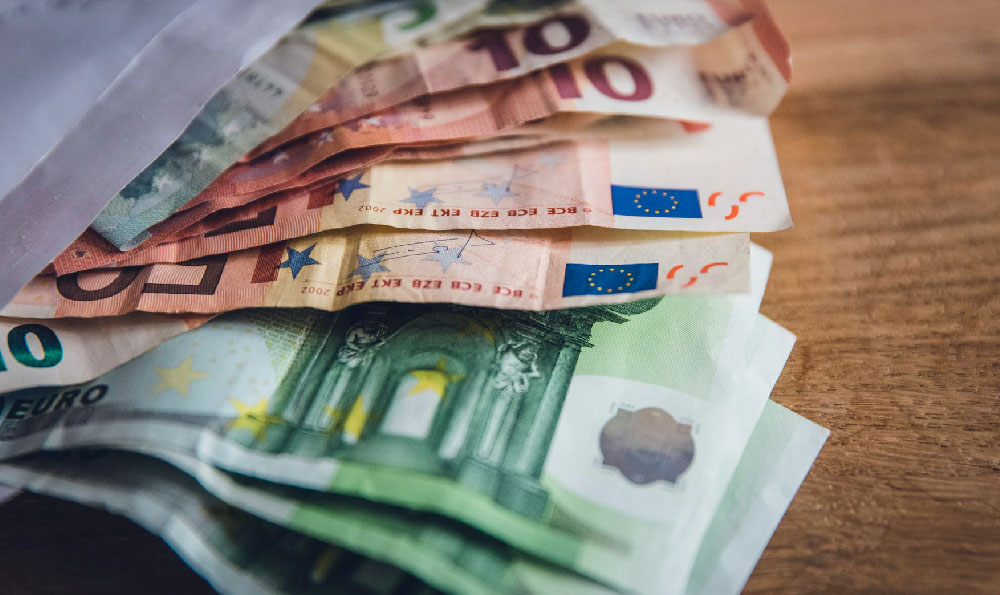How Much Money Did Palworld Make? What's Palworld's Revenue?

Palworld, the monster-collecting, survival, and crafting game that unexpectedly exploded onto the scene in early 2024, has generated immense buzz and, more importantly, significant revenue. Accurately pinpointing the exact figure is tricky, as data is fragmented and subject to change, but we can confidently estimate Palworld's revenue and break down the factors contributing to its financial success.
Let's start with the most publicly accessible data: sales figures. Palworld is available on two primary platforms: Steam and Xbox Game Pass. On Steam, Pocketpair, the game's developer, has consistently released sales milestones. Within just days of its early access launch, Palworld surpassed 1 million, 5 million, and then 10 million copies sold. These figures alone are astounding. Given the game's price point of around $30, and excluding any potential discounts or regional pricing variations, 10 million units translate to a gross revenue of approximately $300 million on Steam alone. This number is before Steam's cut, which is typically around 30%, leaving Pocketpair with a substantial $210 million.
However, the Steam revenue only paints part of the picture. Palworld is also available on Xbox Game Pass for both PC and Xbox consoles. The dynamics of revenue generation on Game Pass are different. Microsoft pays developers a fee to have their games included in the subscription service. The exact nature of these agreements is confidential and varies on a case-by-case basis, considering factors such as the game's projected popularity, development costs, and exclusivity agreements.

Estimating Palworld's earnings from Game Pass is considerably more complex. We can explore two potential avenues for Microsoft to compensate Pocketpair. The first is a lump sum payment upfront for including the game in the service. Given Palworld's instant popularity, Microsoft likely paid a significant amount to secure the game's availability on Game Pass, hoping it would be a major draw for subscribers. This lump sum could be in the tens of millions of dollars, potentially even exceeding $100 million considering the game's cultural impact.
The second revenue stream from Game Pass could be based on player engagement. Microsoft tracks how much time players spend playing individual games within the Game Pass library. Based on this data, Microsoft can allocate a portion of the subscription revenue to the respective developers. While the precise formula is unknown, the massive player base Palworld has attracted on Game Pass, and the significant hours those players have invested in the game, suggest that Pocketpair is receiving a substantial ongoing revenue stream from this source. This is further supported by the fact that Palworld was a major driver for Game Pass subscriptions during its launch month.
Beyond initial sales and Game Pass revenue, Palworld's financial potential doesn't stop there. Considering that it is in early access, there is a high possibility that the game will implement in-game microtransactions, content expansions, and DLCs. As the game evolves and new features are added, players may be willing to spend additional money to enhance their gameplay experience, further boosting Palworld's revenue. This is a common practice in many successful survival and crafting games.
Furthermore, the game’s popularity has created a massive community, which in turn has led to numerous opportunities for monetization. Merchandise such as plush toys, apparel, and other Palworld-themed products are likely to be in high demand, generating additional income for Pocketpair or licensed partners. Similarly, the game’s streaming and content creation ecosystem is flourishing, with countless creators producing videos and streams related to Palworld. While Pocketpair may not directly profit from this, it contributes to the game’s overall visibility and longevity, indirectly boosting its financial prospects.
One crucial factor that needs to be considered when assessing Palworld's financial success is the cost of development and ongoing maintenance. While Pocketpair is a relatively small studio, developing a game of this scale requires significant investment in personnel, software, and infrastructure. Furthermore, ongoing server costs, customer support, and the development of new content all contribute to the game's operational expenses. Therefore, while Palworld has undoubtedly generated a substantial amount of revenue, it's important to remember that a significant portion of that revenue will be reinvested back into the game's development and maintenance.
However, given the numbers we've discussed – $210 million+ from Steam sales, potentially tens of millions (or more) from Game Pass, and the prospect of future revenue streams – it is safe to say that Palworld has already generated hundreds of millions of dollars in revenue. Considering its continued popularity and the potential for future monetization, Palworld's financial success is likely to continue to grow in the years to come. The game has demonstrably been a major success, proving that innovative gameplay and compelling content can resonate with a broad audience, regardless of the studio's size or prior reputation. It stands as a testament to the potential for independent developers to disrupt the gaming industry and achieve remarkable financial success. Its blend of familiar mechanics with a unique twist has resonated powerfully with players, translating into a massive commercial triumph.















